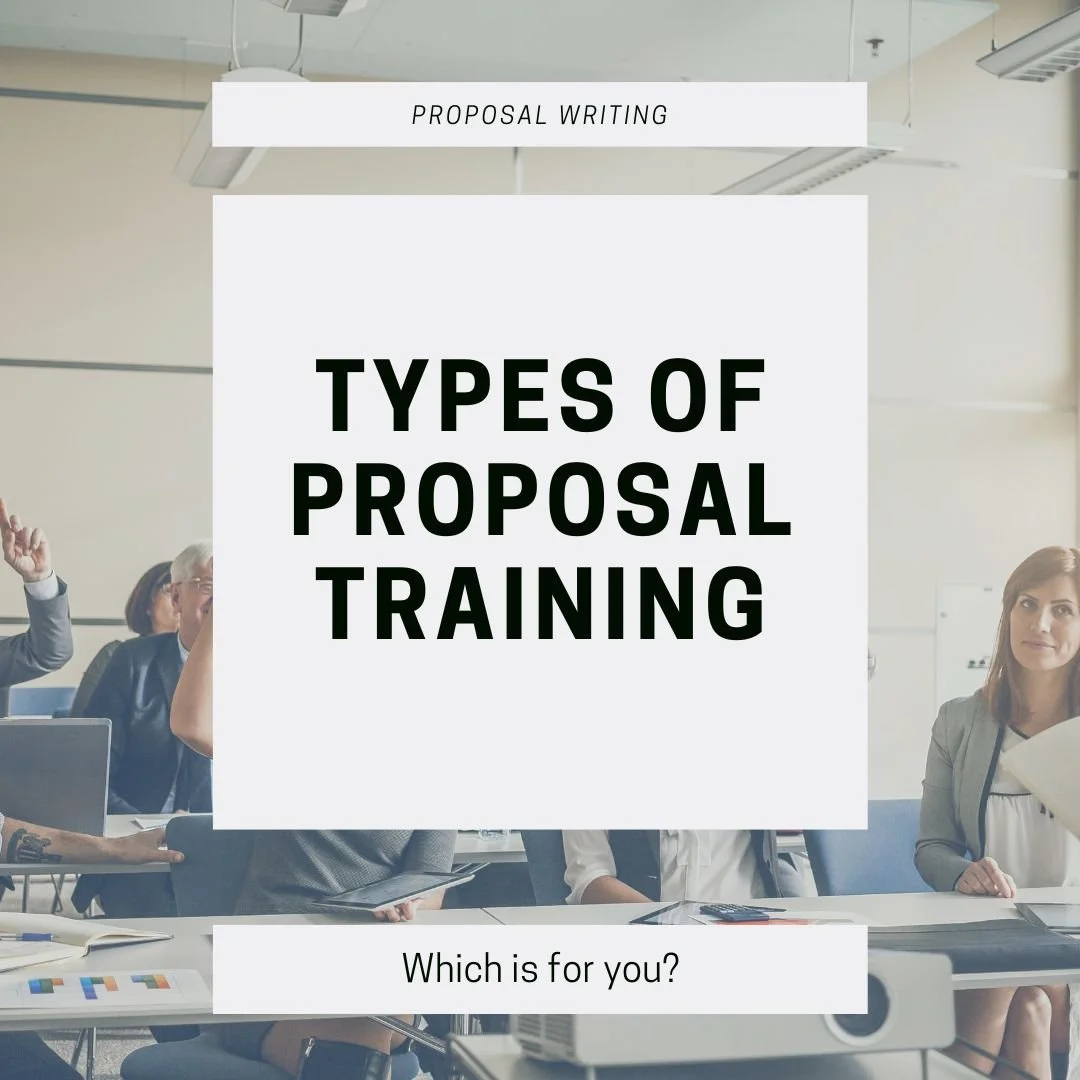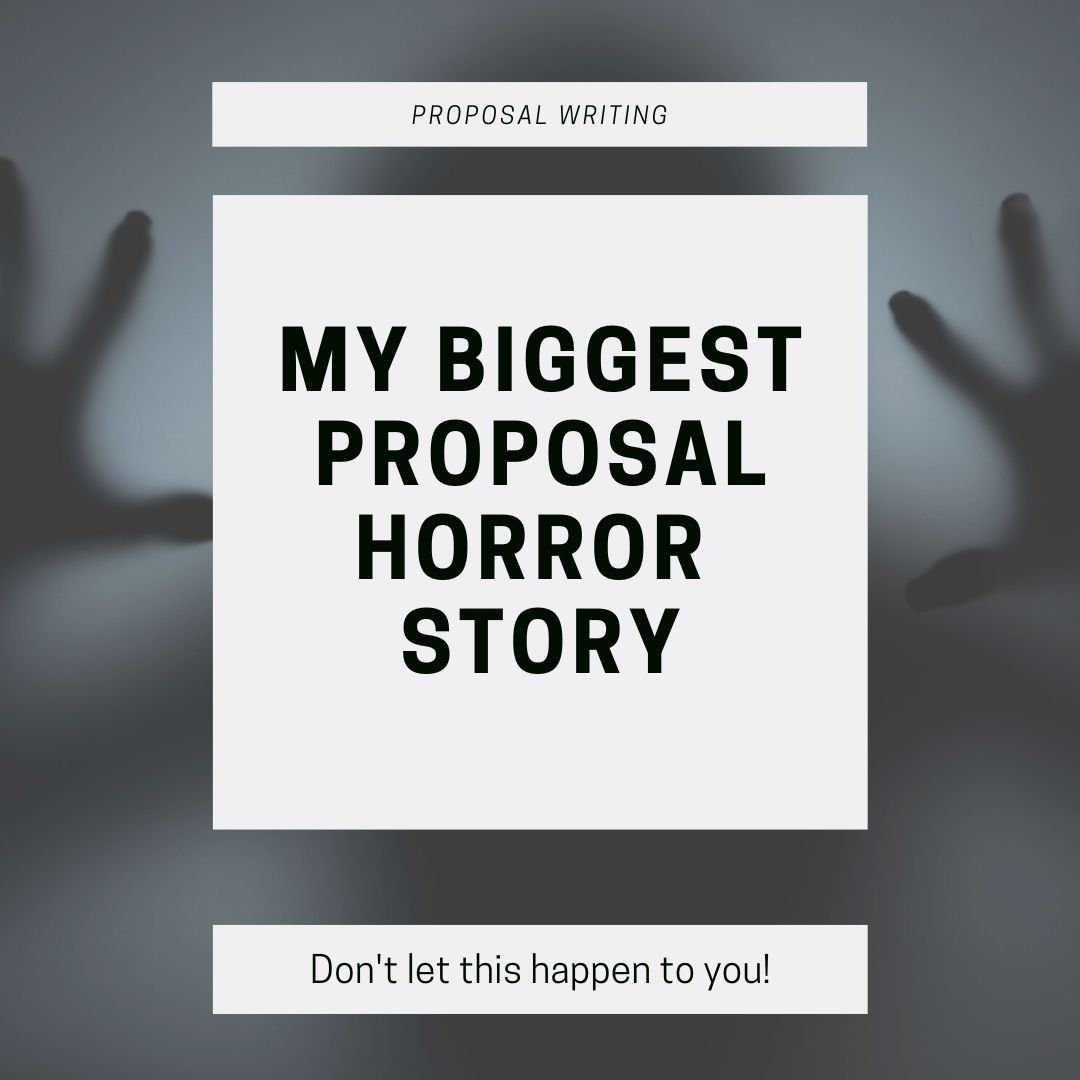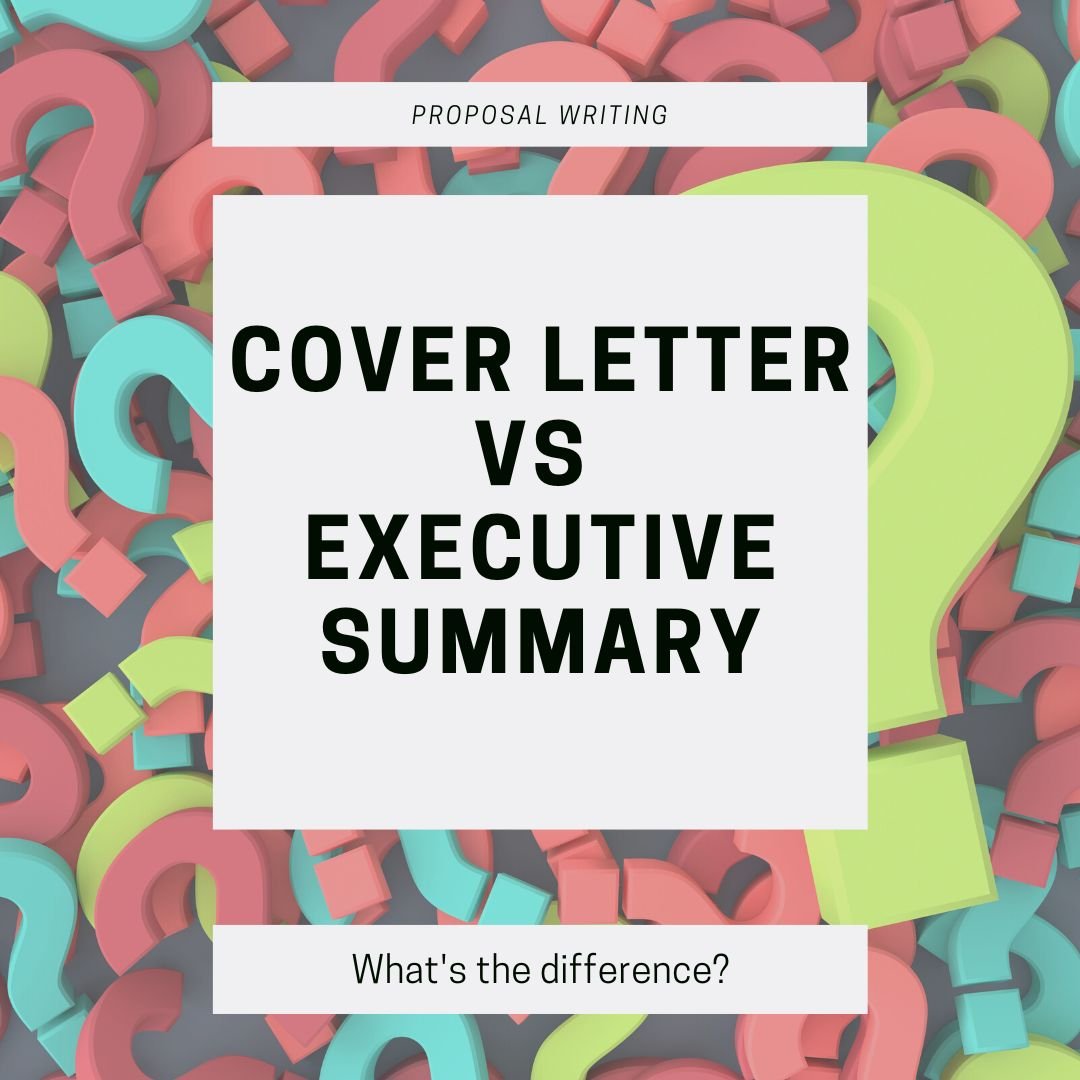From tight deadlines to increasing complexity to expanded responsibilities, it’s easy to long for a magical solution to make responding to RFPs easier. With so many new AI options on the market, it can feel like that magic is within reach, but how do you know what’s worth it and what’s not? Let’s take a look at key things you should know about proposal AI before you invest in any tools.
Read MoreOne of the most recognized proposal processes is the Shipley Proposal Process. The Association of Proposal Management Professionals (APMP) recognizes Shipley as a top process and offers certification on it.
While it is an excellent process used by many major organizations, for some smaller teams, Shipley can be overkill. If your team consists of only a handful of people (or maybe even just you) and you respond to fairly simple RFPs, then the full process may cause more pain than benefit.
That’s why we follow a simplified version to reap the benefits without having to fill out a robust team with more meetings than are needed.
Read MoreIf you’re searching for a proposal executive summary example, then you know that a compelling executive summary has the ability to engage your audience and inspire them to read your proposal in detail. Writing the content, however, is the hard part. We’ve included proposal executive summary examples here for inspiration to help with your writing.
Read MoreWhile we share tons of free information on our blog and YouTube channel, sometimes you need a bit more detail to help put some ideas into practice. Whether you’re brand new to proposals or looking to expand your existing skillset, there are plenty of trainings out there to help you grow.
Below is a compilation of a few different types of training that are perfect for proposal writers.
Read MoreJuggling RFP deadlines, stakeholder feedback, and customer questions can make it difficult (if not impossible) to reflect on your proposal approach and ways you can improve. To help you on this journey, we’ve compiled a few of the most common proposal challenges and steps you can take to solve them.
If your challenge is…
Read MoreWe talk a lot about proposal techniques and strategies, but today I’m sharing a little behind-the-scenes to show you how some of this can look in practice.
Today we’ll be covering a $400 million proposal that I led and won. This can give you some insight into what to expect as you pursue larger and more competitive RFPs.
Read MoreWhen a customer asks you to send a proposal–whether it’s for an RFP or not–it’s easy to jump ahead to pricing and slap together a basic overview for your proposal.
But taking a moment to pause and think through your strategy can be the difference between winning the contract…or not.
That’s where the Strategy Meeting comes in.
Read MoreA couple years into consulting, I had a client approach me who was concerned about a very aggressive competitor who was pursuing a contract that my client had held for ten years. The contract was a huge part of their business, and the competitor had been doing all of the right things to win over the customer–holding frequent meetings, conducting demos, meeting with all types of stakeholders, etc.
My client knew that if they didn’t create an outstanding proposal, they might lose the contract and have to rework their business.
Read MoreA lot of what we share here on the blog (and on YouTube) focuses on how to write your proposal and create a sound strategy.
But one of the biggest sources of anxiety we hear with RFPs comes not from the proposal itself, but from the requirements.
Sometimes responding to an RFP can feel like they’re intentionally trying to find a reason to deem your proposal noncompliant.
From page length requirements to hidden forms to requiring blue ink signatures, the list of requirements for what you have to remember for your proposal can stack up. And that’s not even including the proposal content itself!
Read More“How do I show buyers why we’re a better choice than our top competitor?”
When it comes to proposals, this question is asked again and again.
You may have done everything right. Checked off all of the boxes from the RFP. Met with the customer. Created engaging graphics. Developed a sound pricing strategy.
But for some reason, they continue to win while you continue to…not.
In these cases, there is often one main reason why your competitors are winning over you.
Read MoreThe sales process is fraught with challenges.
From securing a meeting with an ideal client to determining the best pricing to creating a winning proposal, there always seems to be just one more step to be completed before contracts are signed.
But when it comes to sales, there is one secret that nearly every successful company uses:
Read MoreExecutive Summaries are one of the most dreaded RFP sections. How do you summarize an entire proposal in just one page? (You don’t.) Will it even be read?
But once you figure out how to write Executive Summaries, they will likely become your favorite section! This part of the proposal is often the most read, and because of that, it requires a little more creativity and focus than other parts of the proposal. To help you on this journey, check out the four key traits of successful Executive Summaries below.
Read MoreWith the start of a new year, many of us are hard at work planning out where to focus our energy for the next twelve months. Below is a list of a few popular proposal goals to inspire your planning, with steps you can take to actually achieve them!
#1 Increase Win Rate
Read MoreOf all the most common proposal sections, the one that I’m asked about again and again is the Executive Summary.
Most Executive Summaries are only 1-2 pages long, yet they seem to strike fear in the heart of any writer, stalling typing and bringing up a new round of writer’s block. The reasons for hesitation vary–some people ask what exactly should be included. Others want to make sure they’re starting the proposal off with the right tone. I’ve heard concerns that this is the only section the client will read, making it even more overwhelming and difficult to craft.
Read MoreOver the past decade I have met countless proposal professionals. Most have a love/hate relationship with proposals – a love of putting together a winning proposal and a hatred of the constant deadlines, red tape, and stress that comes with working on projects with so much money on the line.
Many people stick with it though because once you get the hang of it, proposal writing can actually become fun.
If you’re waiting for that day to happen, or you’re hoping to hire a proposal writer who sticks around, below are a list of the most common traits I’ve encountered in successful proposal writers, and tips on how to develop these traits on your own.
Read MoreEach time a new contract award is announced, you may be wondering, “How did they do that?”
Whether you keep losing to the same competitor, your win rate is lower than you like, or you send out proposals only to never hear back, it’s easy to start thinking that maybe there is some secret key to winning proposals that you’re missing.
Fortunately for you, winning proposals tend to have a few traits in common, no matter the industry or if they’re for RFPs or not.
Keep reading for the four most common traits of successful proposals!
Read MoreWith huge revenue potential, RFPs can be a very appealing option for many businesses. You search for the perfect RFPs, save the due dates, and add them to your to-do list to get started.
And before you know it, the due date passes with no proposal submitted.
If this has happened to you, don’t worry. RFPs can be overwhelming and challenging to complete. While they sound great in theory, in practice it takes a lot of energy to actually respond to the RFP (and even more to win!).
Below are some of the most common challenges companies face that make getting started with RFPs difficult.
Read MoreOn a random November Wednesday many years ago I learned that a rainy day in Vegas is not the same as a rainy day in the Midwest.
That particular Wednesday was the due date for the largest proposal I had worked on up until that point. Estimated at $20 million per year with 4 optional renewal years (a total of five years), it was a lot of money, and a lot of work.
Read MoreWhether a prospect asked you to send over a proposal or you have a formal RFP on your desk, you’ve likely encountered recommendations to include a cover letter and/or executive summary in your proposal. If you’ve read instructions on how to write either, then you may be left wondering, “What’s the difference?”.
While these two sections have many similarities, there are key differences between cover letters and executive summaries, including when and how you should use them.
Read MoreWhen an RFP lands on your desk, the first thing you do is open it up and start searching for everything needed to respond and win the project.
As you scroll through the document, you see requirement after requirement, questions followed by more questions, and a seemingly endless compilation of forms to be sent in with your proposal.
By this point you start to wonder, “How am I going to remember all of this?”
If you’ve ever been in that situation, then this post is for you!
Read More



















